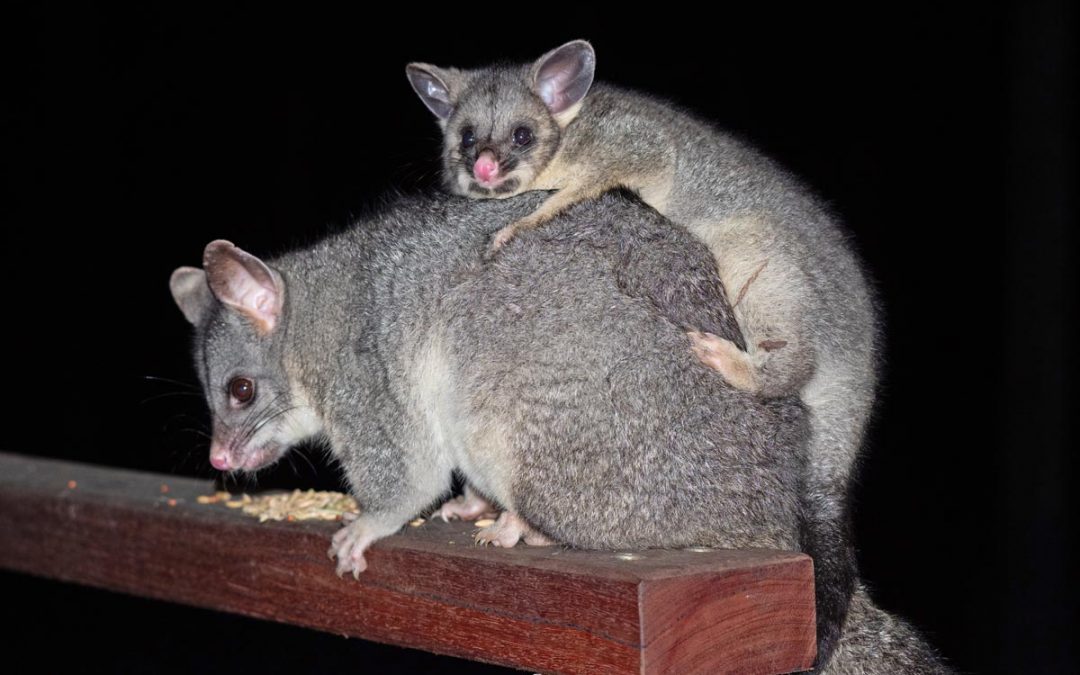
How To Stop Possum Problems in your Backyard
A notorious pest for many gardening enthusiasts, possums have a huge appetite for numerous types of plants, fruits and vegetables growing in your yard. Keen to stick around, chances are their closest nesting spot is inside your roof!
Avoid having noisy, messy and smelly possums in your backyard in this Hivemind article.
What questions will this article answer?
Problems caused by possums in backyards
They can cause damage to plants, eat your fruit and vegetables and nest inside your roof.
Signs of a possum outbreak
You might hear hissing, scratching and thumping noises outside and in your roof; you spot droppings and urine; your gutters may be damaged.
How to prevent a possum infestation in your backyard
We recommend removing all possible food sources, regular yard maintenance, physical deterrents, and possum repellents.
Professional possum control
Our technicians have possum relocation permits and follow a 6-step humane possum management program.
Choose Allstate for safe and reliable possum management
Available 24/7 to all suburbs of Adelaide, you can count on Allstate for effective possum management solutions.
Problems caused by possums in backyards
A gardening enthusiast’s nightmare, possums will damage your yard by eating a wide variety fruits and vegetables, including apples, corn, lettuce, broccoli and bananas, as well as flowers, herbs, bark and eucalyptus leaves. They also eat grains, bread, eggs, and occasionally small lizards and birds. You may even find possums rummaging through your rubbish bin looking for food scraps.
Once they enter your yard, they may also look for food, shelter and nesting spots inside your home, particularly in times of extreme weather conditions, by entering your roof space through access points. Once they come indoors, they can be messy, noisy and smelly.
If you manage to come face to face with a possum in your house, you might even find them to be quite aggressive, so watch out!
Signs of a possum problem
Here’s how to tell if you have possums in your yard:
Noises at night
As nocturnal animals, possums are most active after dark. So if you hear sounds like hissing, coughing and screeching outside, there’s a good chance you could have possums hanging around.
Movement
Agile and good at climbing, possums will make banging and thudding sounds as they scurry along your fence, roof, gutters and tree branches.
Droppings
Possums leave behind faeces that are cylindrical shaped, dark in colour and around 15mm long.
Urine
If you spot large puddles or stains that give off an ammonia-like scent, this could be the work of possums.
Damage to gutters
Look for scratches, dents or mould along your gutters.
For fast possum advice, speak to our expert team
 or
or
How to prevent possum problems in your backyard
While it’s common to have the occasional possum pass through your yard, you’ll want to avoid a full-blown possum problem. Here are some tips to keep them away:
Remove attractants
If there is less food available in your yard, possums will be less interested in hanging around. This means not feeding the possums, or considering having fewer plants. Otherwise, dispose of fallen and rotten fruit and vegetables, and make sure that bins and rubbish are tightly sealed and secured. Keep pet food indoors if possible, and ensure that outdoor tables, food preparation areas, barbecues and ovens are clean.
Regular yard maintenance
Large trees with overhanging branches provide possums with easier access to your yard as well as your home. They can also harbour cosy nesting spots. We recommend keeping foliage trimmed as much as possible, and fix dislodged roof tiles. If you spot entry points to your roof, we recommend proofing them off immediately.
Physical deterrents
Sometimes, a screen or barrier is needed to keep possums out of your yard. Bird spikes may also be effective in high traffic areas.
Possum repellents
Having a pet such as a dog or cat can be handy as they are considered as predators. You can install motion sensitive lights and sprinklers. Strongly scented items with an unpleasant odour to possums can also be scattered around your yard, including garlic and mothballs, to deter possums.
Protect your yard from possums. Speak to an expert today.
 or
or
Professional possum control
If you’re noticing a possum problem around your home and yard, it’s not just a simple case of catching and moving the possum somewhere else by yourself.
Possum relocation permits
Regarded as protected wildlife in South Australia, possums can only be managed by individuals who have a Trap and Release permit issued by the Department for Environment and Heritage. This permit allows possums to be caught and relocated to another area within a 50m radius.
Don’t forget to inspect potted plants, mulch, hay and manure for signs of fire ants.
Cover all entry points
Being small in size, fire ants can squeeze through tiny gaps, cracks, crevices and holes to gain access inside your home. We recommend carefully inspecting your home for these tiny openings and sealing them off.
Allstate’s 6-step possum management program
At Allstate, our technicians are fully licensed with Trap and Release permits to control all possum issues.
Our technicians have a comprehensive approach to making sure that your home and yard stay possum-free for the long term. We follow a 6-step humane possum management program as detailed below:
- Step 1: We inspect your home, particularly the roof, for all possible entry points
- Step 2: We install a one-way door at the main access point
- Step 3: We seal the remaining entry points to prevent possums from re-entering your roof space
- Step 4: We leave a cage trap near the main access point to trap any possums. Our technicians will check the trap daily to make sure that the possum is safe and to minimise stress
- Step 5: Once the possum (or possums) have been caught, we will clean the roof space to remove all possum scent pheromone markers
- Step 6: The final step involves setting up a nesting box on a tree within 50m of your yard to give the possum a new home
Sometimes, the noises you hear in your roof turn out not to be possums, but rodents or birds. Fortunately, your Allstate technician is well trained to look out for signs of other pests, and will let always you know if they spot any other issues.
Choose Allstate for safe and reliable possum management
Having possums running around your yard can be both disruptive and destructive, so having professional assistance to quickly control an outbreak is extremely useful.
That’s why you can rely on Allstate for fast and effective professional possum removal at any time. We’re available 24/7 to all suburbs of Adelaide to manage possum problems of any size in residential, commercial and industrial settings.
Our technicians are fully equipped and highly trained to handle possums with a humane approach that is in line with Government regulations.
We offer payment plans to help you safeguard your home and yard with our effective possum management solutions, so do not hesitate to reach out to us anytime.
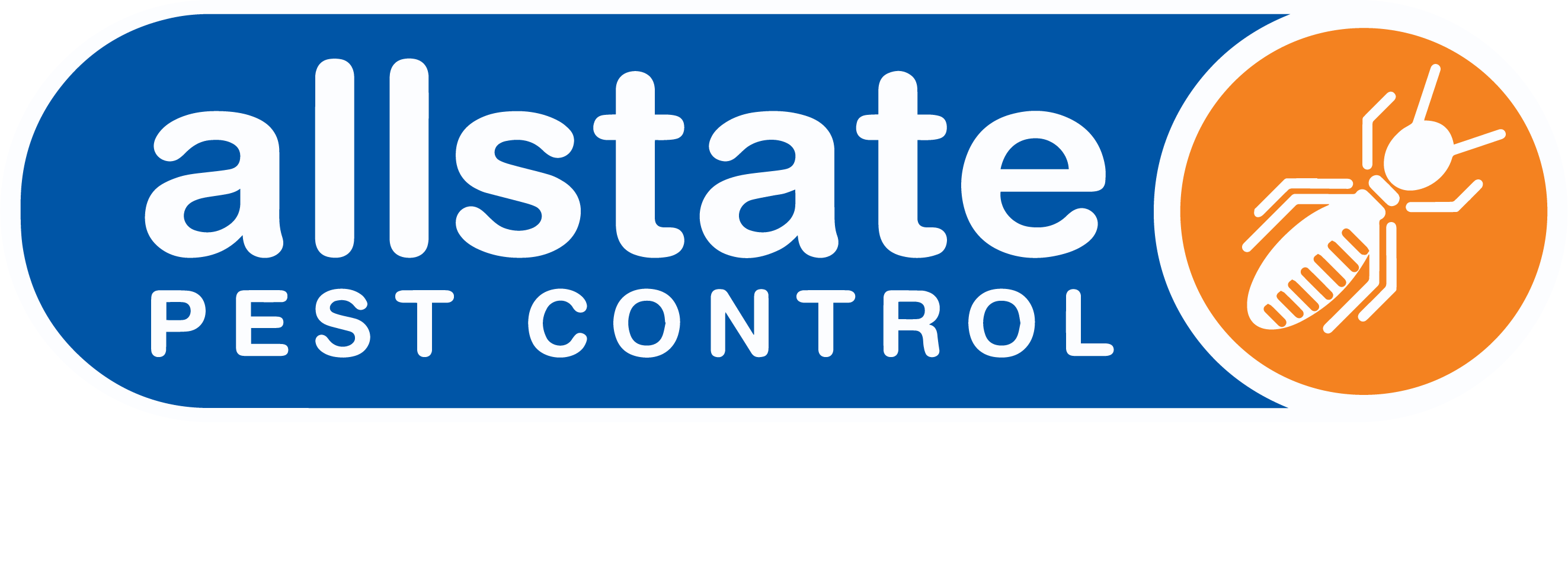
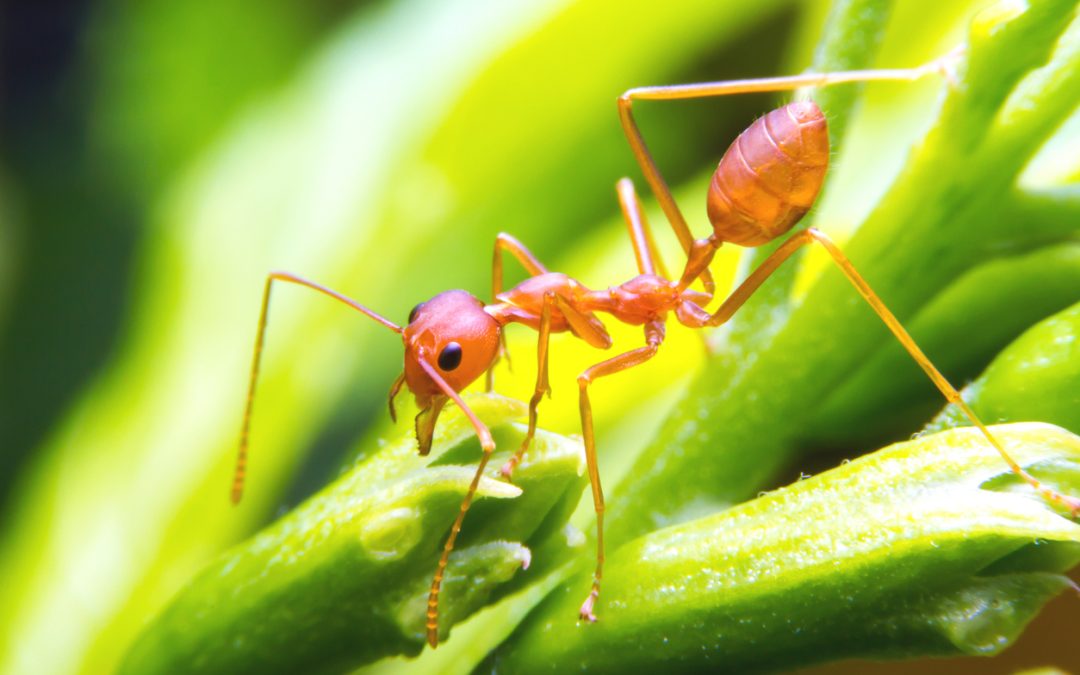

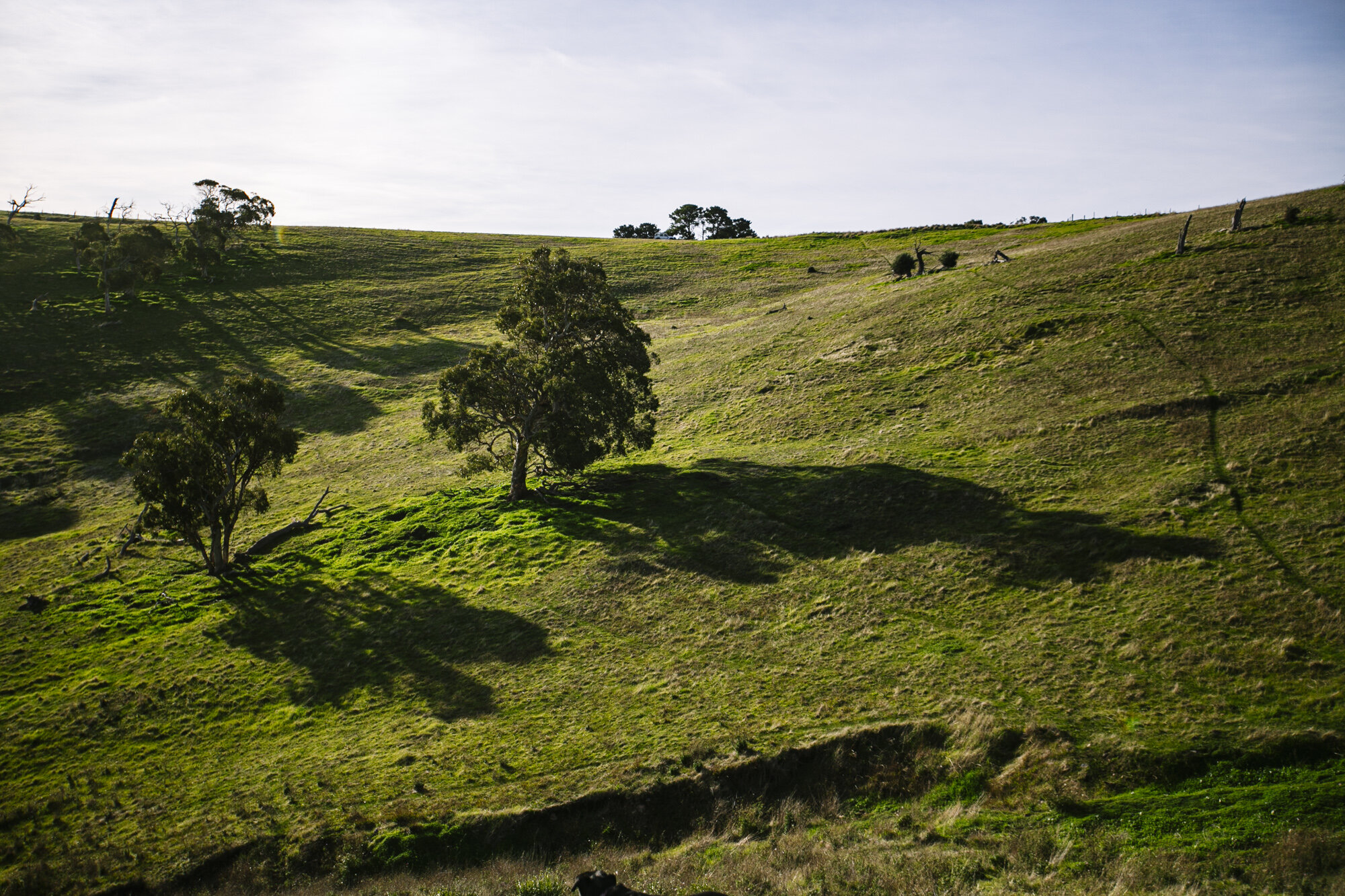

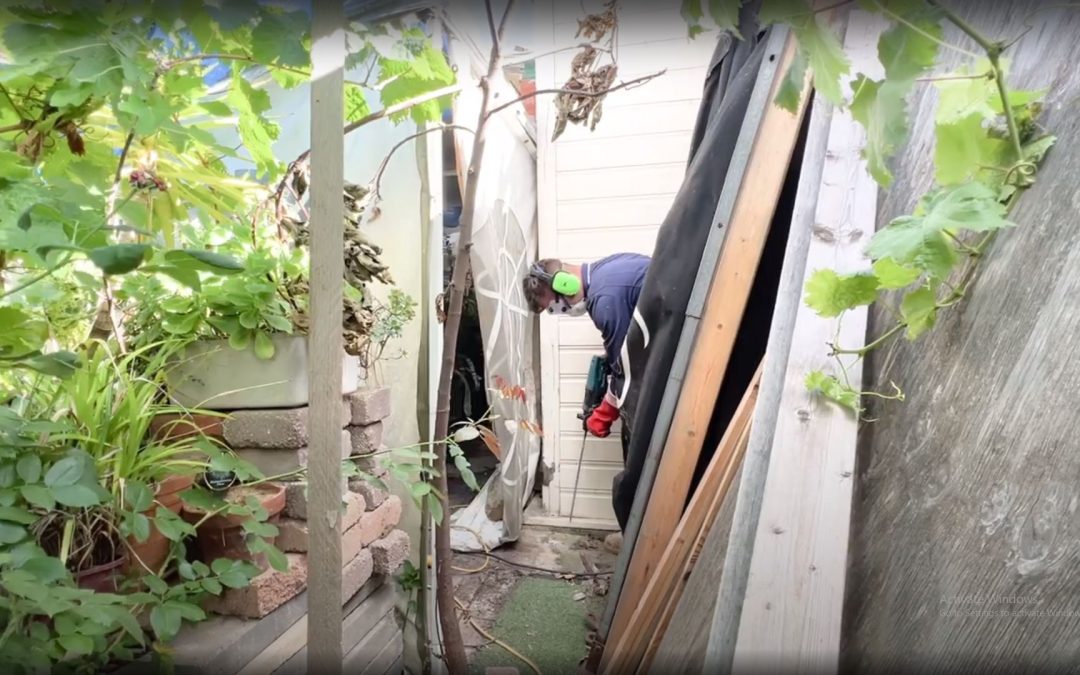


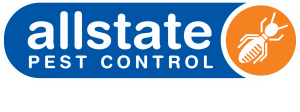


Recent Comments